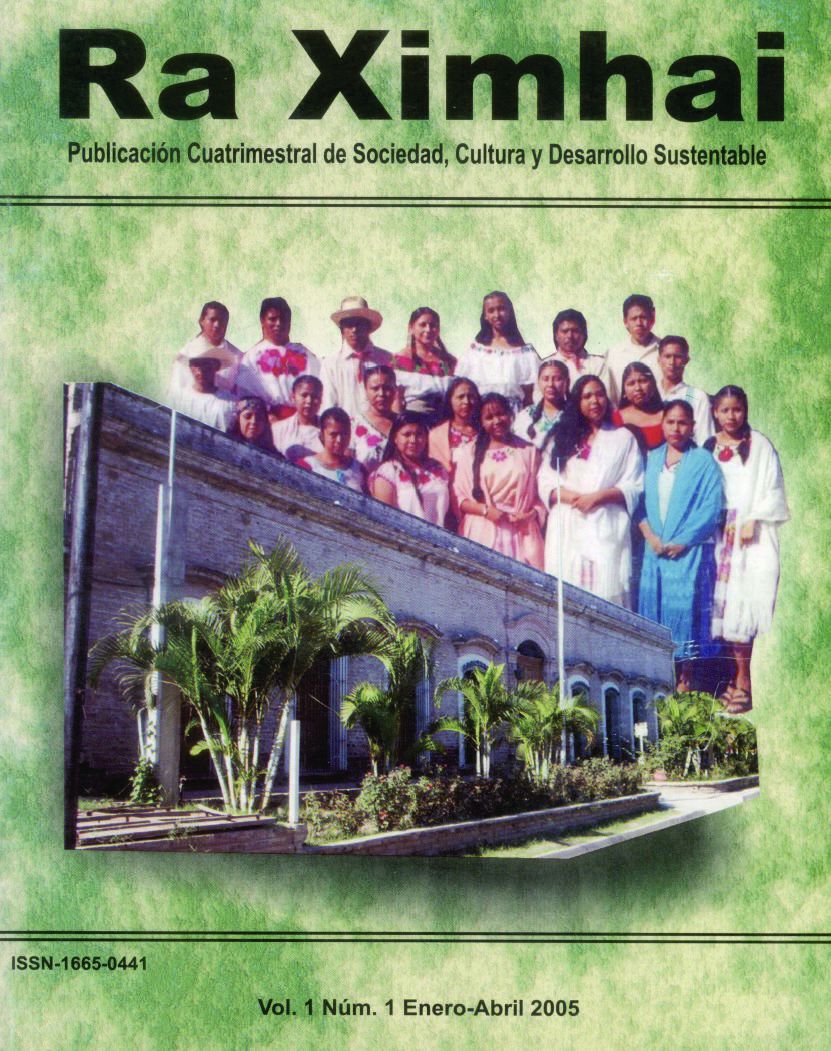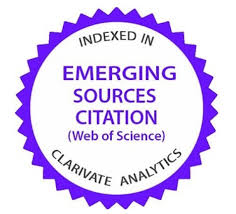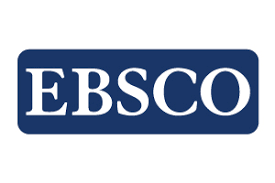Evaluation of the quality of Pinus montezumae lamb. seedlings produced in the San Luis Tlaxialtemalco nursery, Federal District
DOI:
https://doi.org/10.35197/rx.01.01.2005.11.NBKeywords:
Pinus montezumae Lamb., calidad de brizal, envases rígidos de plástico y sobrevivenciaAbstract
This research was conducted in the Milpa Alta Delegation, Mexico City, with the purpose of evaluating the field behavior of the morphological quality of Pinus montezumae Lamb. saplings, produced in the San Luis Tlaxialtemalco Nursery, Mexico City. The evaluated treatments were 2 morphological qualities of saplings (high quality and low quality), each of which consisted of 12-month-old saplings, which were randomly selected from the total production of the nursery, taking as the sole classification criterion the stem diameter; that is, high quality was comprised of saplings with diameters greater than 6 mm and low quality by saplings with diameters less than 6 mm, said saplings were subsequently evaluated through a field analysis. The field analysis was carried out after having established the saplings in the field, in 3 sites with contrasting characteristics (altitude, exposure, slope and humidity); Survival was the variable evaluated, which was recorded for 12 months, in three different periods (frost, drought and rain). The results of the field analysis indicated that the best treatment was the high quality, since it presented the highest survival in the field (83.82%). The above behavior also allows us to point out that the stem diameter is directly proportional to survival in the field, making it an excellent criterion to evaluate the quality of the sapling in the nursery.
Downloads
References
Burdett A.N.
“Physiological processes in plantation establishment and the development of specifications for forest planting stock”. Canadian Journal Forest Research 20: 415-427.
Comisión de Recursos Naturales y Desarrollo Rural (CORENADER)
www.sma.df.gob.mx/sma/corenader/prramcm/02justificación.htm
Carrasco G. J.
“Incentivos a la sobrevivencia de la reforestación rural”. In: Memorias del 1er.
Congreso Nacional de Reforestación. SEMARNAP-PRONARE (comps). 8-10 de Noviembre. Montecillo, Estado de México. CD-ROM.
Carrillo A. F.
“Época y sistema de plantación, edad de la planta y preparación del terreno en la regeneración artificial de Pinus montezumae Lamb., en el campo experimental Forestal San Juan Tetla, Puebla”. Tesis de Maestría en Ciencias. Colegio de Postgraduados. Montecillo, Estado de México. 99 pp.
Duryea M.L.
“Evaluating seedlings quality: principles, procedures, and predictive abilities of major tests”. Forest Research Laboratory, Oregon State University. Corvallis, Oregon. USA. 143 pp.
Grossnickle S.C. y Folk R.S.
“Stock Quality Assessment: Forecasting Survival or Performance on a Reforestation Site”. Tree Planter´s Notes 44 (3): 113-121.
Gómez K.A. y Gómez A.A.
“Statistical Procedures for Agricultural Research”. 2da. edición. John Wiley & Sons, Inc. New York, USA. 680 pp.
Littell R.C., Milliken G.A., Stroup W.A. y Woflinger R.D.
“SAS system for mixed models”. SAS Institute Inc. Cary, N.C. 67 pp.
Mexal J.G. and Cuevas R.A
“Reforestation success in Mexico: Factors determinig survival and early growth in the forest of Mexico”. Report Submitted to US Forest Service. New Mexico State University. Las Cruces, NM, USA. 18 pp.
Mexal J.G. and Landis T.D.
“Target Seedling Concepts: Height and Diameter”. In: Target Seedling Symposium. Procedings Combined Meetings of the Western Forest Nursery Associations. R Rose, et al. Rocky Mountain Forest and Range Experiment Station. General Technical Report RM-200. Fort Collins, Colorado, USA. p. 17-35.
Musálem M.A.
“Effect of enviromental factors on regeneration of Pinus montezumae Lamb., in a temperate forest of Mexico”. Yale University. New Haven, Ct, USA. 244 pp.
Prieto R. J.A., Vera G. C. y Merlín B. E.
“Factores que influyen en la calidad de brinzales y criterios para su evaluación en vivero”. Folleto Técnico No. 12. Instituto Nacional de Investigaciones Forestales, Agrícolas y Pecuarias. Durango, Dgo. México 23 pp.
Secretaría del Medio Ambiente, Recursos Naturales y Pesca (SEMARNAP)
“Programa Nacional de Reforestación (PRONARE)”. Programa de Trabajo 2000. México, DF. p. 55-59.
Wakeley P. C.
“Planting the southern pine”. USDA. Department of Agriculture. Washington, D.
C. 233 pp.
Downloads
Published
How to Cite
Issue
Section
License
Copyright (c) 2005 Noé Bautista Zarco, Víctor Manuel Cetina Alcalá, José Amando Gil Vera Castillo, Cuauhtémoc Tarcicio Cervantes Martínez

This work is licensed under a Creative Commons Attribution-NonCommercial 4.0 International License.
Usted es libre de:
- Compartir — copiar y redistribuir el material en cualquier medio o formato
- Adaptar — remezclar, transformar y construir a partir del material
- La licenciante no puede revocar estas libertades en tanto usted siga los términos de la licencia
Bajo los siguientes términos:
- Atribución — Usted debe dar crédito de manera adecuada , brindar un enlace a la licencia, e indicar si se han realizado cambios . Puede hacerlo en cualquier forma razonable, pero no de forma tal que sugiera que usted o su uso tienen el apoyo de la licenciante.
- NoComercial — Usted no puede hacer uso del material con propósitos comerciales .
- No hay restricciones adicionales — No puede aplicar términos legales ni medidas tecnológicas que restrinjan legalmente a otras a hacer cualquier uso permitido por la licencia.








